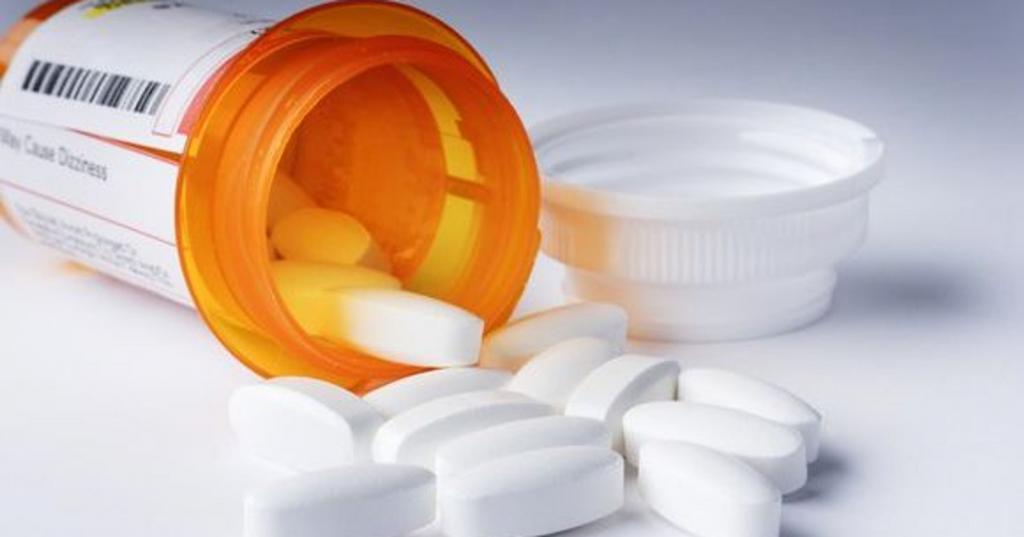Adrenoreceptors are proteins of the cell membrane, their function is to connect, and also recognize adrenaline and norepinephrine, synthetic analogues of catecholamines. Proteins are found in all tissues and cells. There are alpha and beta adrenergic receptors, they are already isolated and purified. Groups of adrenergic receptors differ in reaction to different products.
Receptors are: alpha1; alpha2; beta1; beta2; beta 3.
Alpha
Alpha adrenergic receptors are receptors that are susceptible to norepinephrine. When they are in an excited state, there is a contraction of the spleen, uterus, a decrease in blood vessels and dilated pupils.
Beta
Beta-adrenergic receptors are receptors that are highly emotive to isadrine. When they are excited, the vessels begin to expand, the bronchi relax, heart contractions become more frequent, and receptors stop uterine contractions.
The main properties of receptors
Alpha1 and beta1 are often located in postsynaptic membranes, receptors are sensitive to the work of norepinephrine, it is produced in the nerve endings of postganglionic neurons of the sympathetic division.
The alpha2 and beta2 receptors are extrasynaptic; neurons are located on their membranes. Alpha2 receptors act as adrenaline and as norepinephrine. Beta2 is susceptible to adrenaline. On the presynaptic membrane, norepinephrine works by the negative feedback formula (it is able to inhibit its own secretions). During the reaction of adrenaline to adrenoreceptors of the beta2 group, the release of the presynaptic membrane of norepinephrine increases. Adrenaline is formed by the adrenal medulla under the action of norepinephrine, a positive feedback loop is formed.
Brief description of receptors
Key features are as follows:
- Alpha1 is located in the arterioles, the consequences of stimulation are the occurrence of spasm in the arterioles, as a result of this, pressure increases, vascular permeability and exudative inflammation decrease.
- Alpha2 belong to presynaptic receptors, they are characterized as a feedback loop for the adrenergic system, in the end, blood pressure drops due to stimulation.
- Beta1 located in the heart, stimulation produces an increase in strength and heart rate. In addition, the consequence of stimulation is an increase in myocardial oxygen demand and an increase in blood pressure. Beta1 is also present in the kidneys, these are receptors of the juxtaglomerular apparatus.
- Beta2 is in bronchioles, the consequence of stimulation is an increase in bronchioles and the elimination of bronchospasm. This group of receptors is located on the liver cells, under the influence of the hormone, the process of glycogenesis occurs, and glucose is released into the blood.
- Beta3 is placed in adipose tissue. Under the influence of such receptors, lipolysis increases, and under their influence, energy is released, and heat production increases.

Adrenoreceptor Interaction
Proteins are located between the adrenergic receptors and the executive systems of the cell, their function is to bind guanyl nucleotides, the so-called G-proteins. They are divided into types: stimulating and inhibitory.
The relationship of adrenergic receptors with G-proteins is the most important link in the mechanism of signal transmission through the cell membrane.
The classification of adrenergic receptors was made on the differences in sensitivity to pharmacological agents: adrenostimulants and adrenergic blockers. All beta-adrenergic receptors are directly linked to Gs alpha proteins, they stimulate adenylate cyclase and accelerate the flow of calcium into cells.
Signal transmission from alpha1 receptors provoked by the Gg protein and phosphoinositide system. Alpha2 is in contact with the Gi protein; after their activation, cAMP synthesis is suppressed and the flow of calcium into the cells occurs. The genes of all adrenoreceptor subtypes are clones.
The main physiological reactions associated with adrenergic receptors are based on their interaction with endogenous ligands, catechlamines.
Adrenergic blockers fight catecholamines for the possibility of binding to receptors. Interacting with receptors without their activation, adrenergic blocking agents interfere with the binding of catecholamines to receptors responsible for the formation of a cellular reaction. Adrenergic blockers can affect all adrenoreceptors and receptor subtypes individually.
Medical value
If we take into account the large localization of adrenoreceptors throughout the body, then the module of their movement leads to various therapeutic or toxic consequences.
In addition to substances that stimulate adrenergic receptors, there are other factors that cause stimulation, they do this with the help of MAO. Such a substance is able to destroy adrenaline and norepinephrine, and its inhibition produces an increase in the concentration of neurotransmitters, as well as an increase in receptor stimulation. MAO inhibitors are used as antidepressants.
Adrenergic receptors are certain receptors that are used together with adrenomimetric drugs, like vasoconstrictor drugs. These funds are mainly attributed to increase blood pressure in cases of shock, hypotension, collapse, conjunctivitis, to reduce inflammation and vasoconstriction, and they also treat places to stop bleeding.
Adrenomimetic substances are included in canesthetic drugs so that they can work. For such purposes, almost all adrenomimetic drugs are used, except for isadrine, which acts exclusively on beta-adrenergic receptors, and phenamine is also excluded, since it provokes strong mental arousal.
A large number of drugs of this group are used as a bronchodilator drug to eliminate and prevent attacks of bronchial asthma, and they are also used for asthma and emphysematous bronchitis.
Adrenomimetric drugs are forbidden to use for hypertension, atherosclerosis and thyrotoxicosis.